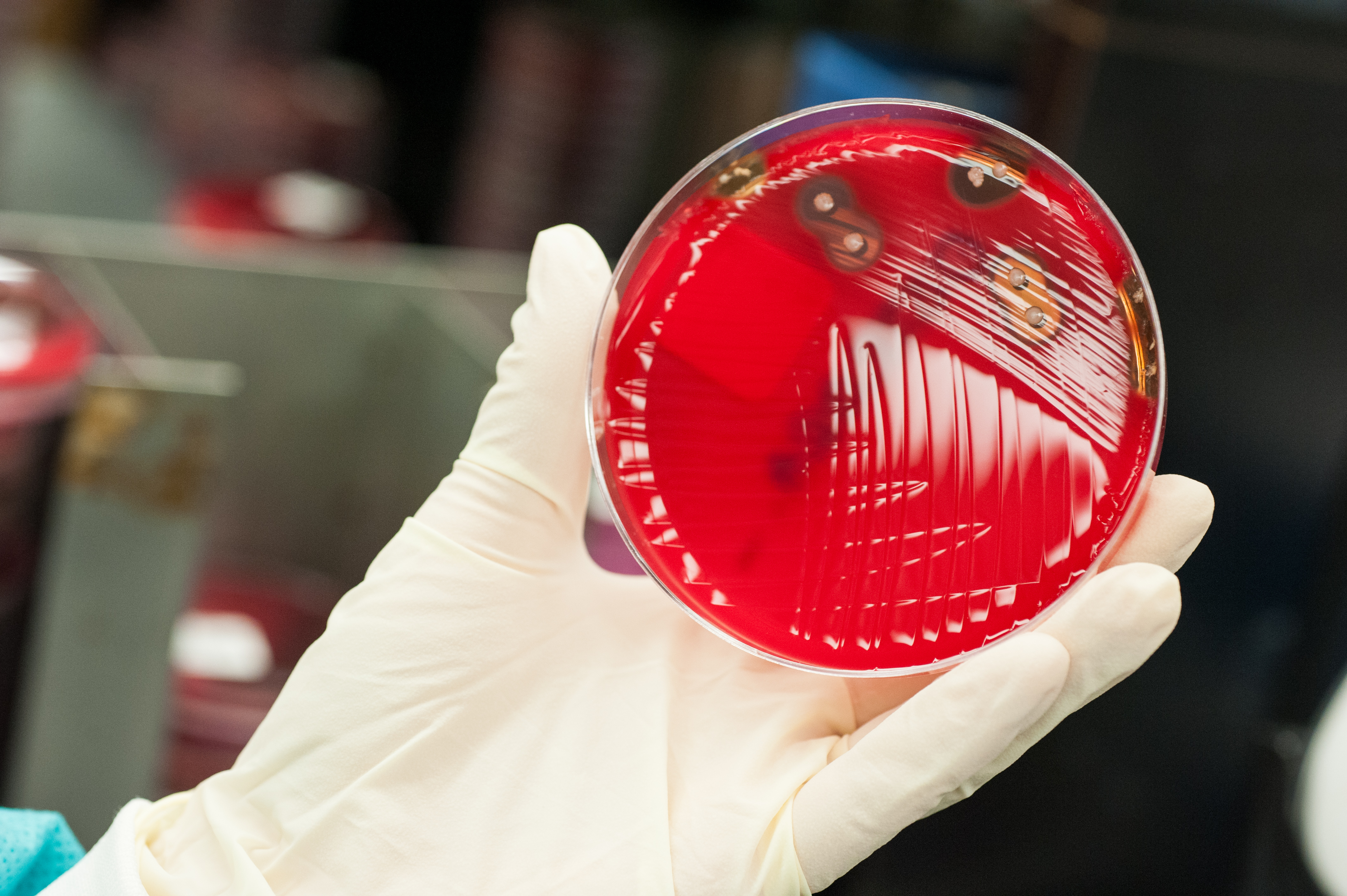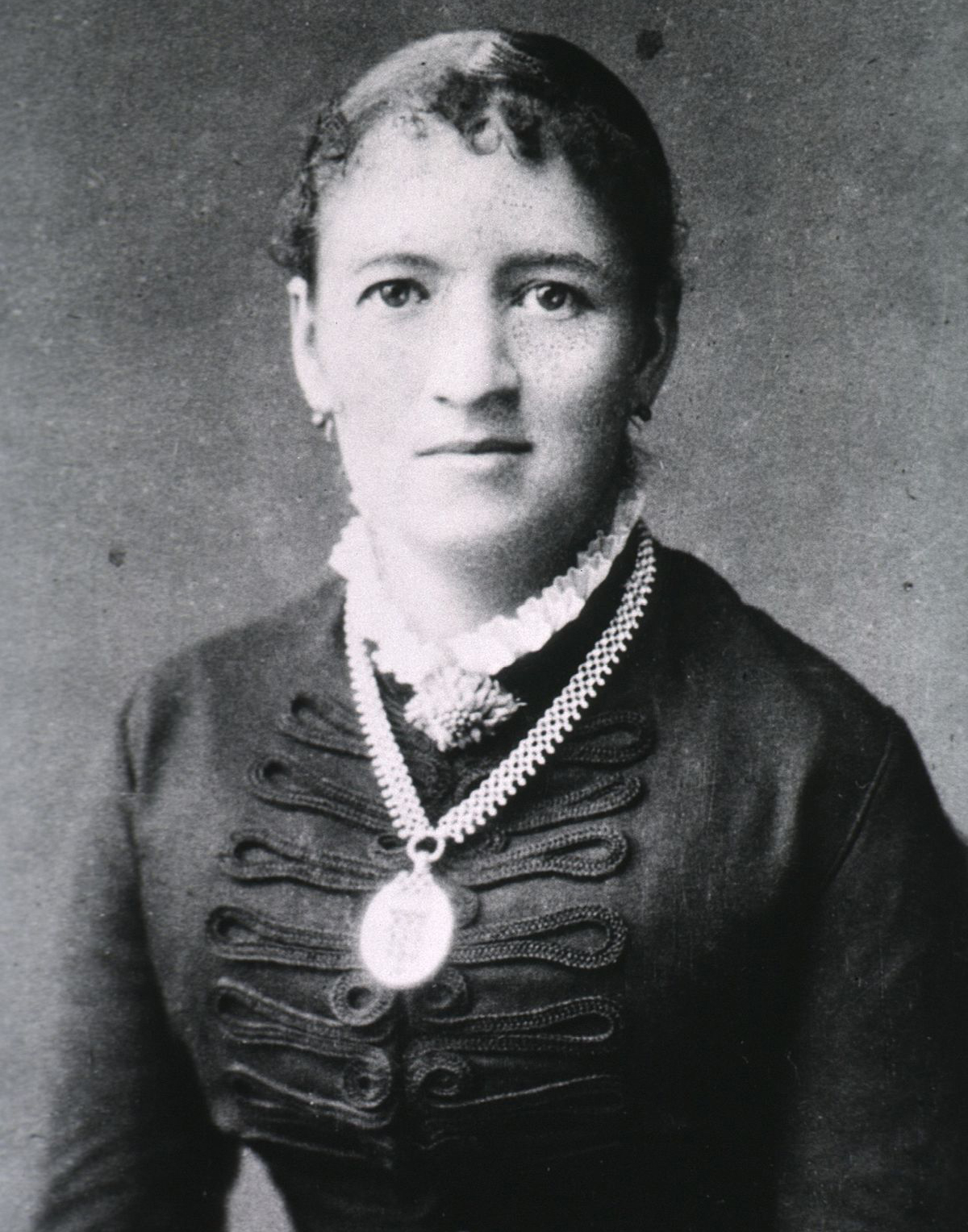Agar — A Growth Medium For Germ Theory
By Dustin Johnston | March 9 2018 Every week the Department of Pathology Microbiology laboratory tests around 5,000 agar plates in order determine diagnoses for patients. These agar plates encourage bacteria growth and allow our lab technicians to diagnose infections such as pseudomonas, strep, E. coli, streptococcal, and others. But did you know that these plates played an important role in medical history, helping prove germ theory and, more than a hundred years after their invention, remain relatively unchanged?
Every week the Department of Pathology Microbiology laboratory tests around 5,000 agar plates in order determine diagnoses for patients. These agar plates encourage bacteria growth and allow our lab technicians to diagnose infections such as pseudomonas, strep, E. coli, streptococcal, and others. But did you know that these plates played an important role in medical history, helping prove germ theory and, more than a hundred years after their invention, remain relatively unchanged?
Germ theory — the theory that many diseases are caused by microorganisms— was first proposed by Girolamo Fracastoro in 1546, but centuries later it still was not widely accepted or understood. The development of a smallpox vaccine by Edward Jenner, as well as Louis Pasteur’s work in microbial fermentation and pasteurization, helped science move past miasma theory, but many questions remained. In the 1880’s, working off the discoveries of his predecessors, German scientist Robert Koch studied microbiology in an effort to give experimental support for the concept of infectious disease.
While Louis Pasteur’s work involved boiling wine and other liquids to kill bacteria that cause fermentation, Koch aimed to grow bacteria to provide more evidence for germ theory. The goal was to grow discrete spots of bacteria, or colonies, that could be isolated and studied.
At first, Koch tried to grow bacteria on potatoes, and later gelatin. Unfortunately, both were digested by the bacteria and the gelatin was too soft at the preferred incubation temperature of 37 degrees Celsius.
 Portrait of Angelina (Fannie) Hesse / National Library of Medicine.At that time, Angelina Hesse, wife of a member of Koch’s lab, was working unpaid making drawings for her husband’s publications. She also was the cook, making the family’s meals and the beef stock that fed the bacteria. She had Dutch friends who had lived in Indonesia, and they introduced her to a local red algae called “agar-agar” in Malay. Angelina suggested that the substance, often used in gelatinous desserts, could be the perfect medium for Koch’s experiments.
Portrait of Angelina (Fannie) Hesse / National Library of Medicine.At that time, Angelina Hesse, wife of a member of Koch’s lab, was working unpaid making drawings for her husband’s publications. She also was the cook, making the family’s meals and the beef stock that fed the bacteria. She had Dutch friends who had lived in Indonesia, and they introduced her to a local red algae called “agar-agar” in Malay. Angelina suggested that the substance, often used in gelatinous desserts, could be the perfect medium for Koch’s experiments.
Not only does agar have a higher melting point than gelatin, it is a polysaccharide, or sugar polymer, which most bacteria cannot digest. It proved to be the perfect medium for Koch’s experiments.
Another assistant to Robert Koch, Julius Richard Petri, invented a small, edged plate that would allow the colonies to be isolated in order to prevent contamination. These “petri dishes” were then filled with agar and used to culture the bacteria. Both petri dishes and agar are still used today.
Koch later said, “As soon as the right method was found, discoveries came as easily as ripe apples from a tree.” His research led to the creation of Koch’s postulates, the discovery of the causative agent of anthrax, and he was honored with a Nobel Prize in 1905 for his research on tuberculosis.
Read More About This |
Did You Know? The Frog — The Real Stork in Pathology
@umichpath |
|
|
A Brief History of Agar
All About Agar
|
The Forgotten Woman Who Made Microbiology Possible |
|
 ON THE COVER
ON THE COVER
 ON THE COVER
ON THE COVER
 ON THE COVER
ON THE COVER
 ON THE COVER
ON THE COVER
 ON THE COVER
ON THE COVER
 ON THE COVER
ON THE COVER
 ON THE COVER
ON THE COVER
 ON THE COVER
ON THE COVER
 ON THE COVER
ON THE COVER
 ON THE COVER
ON THE COVER
 ON THE COVER
ON THE COVER
